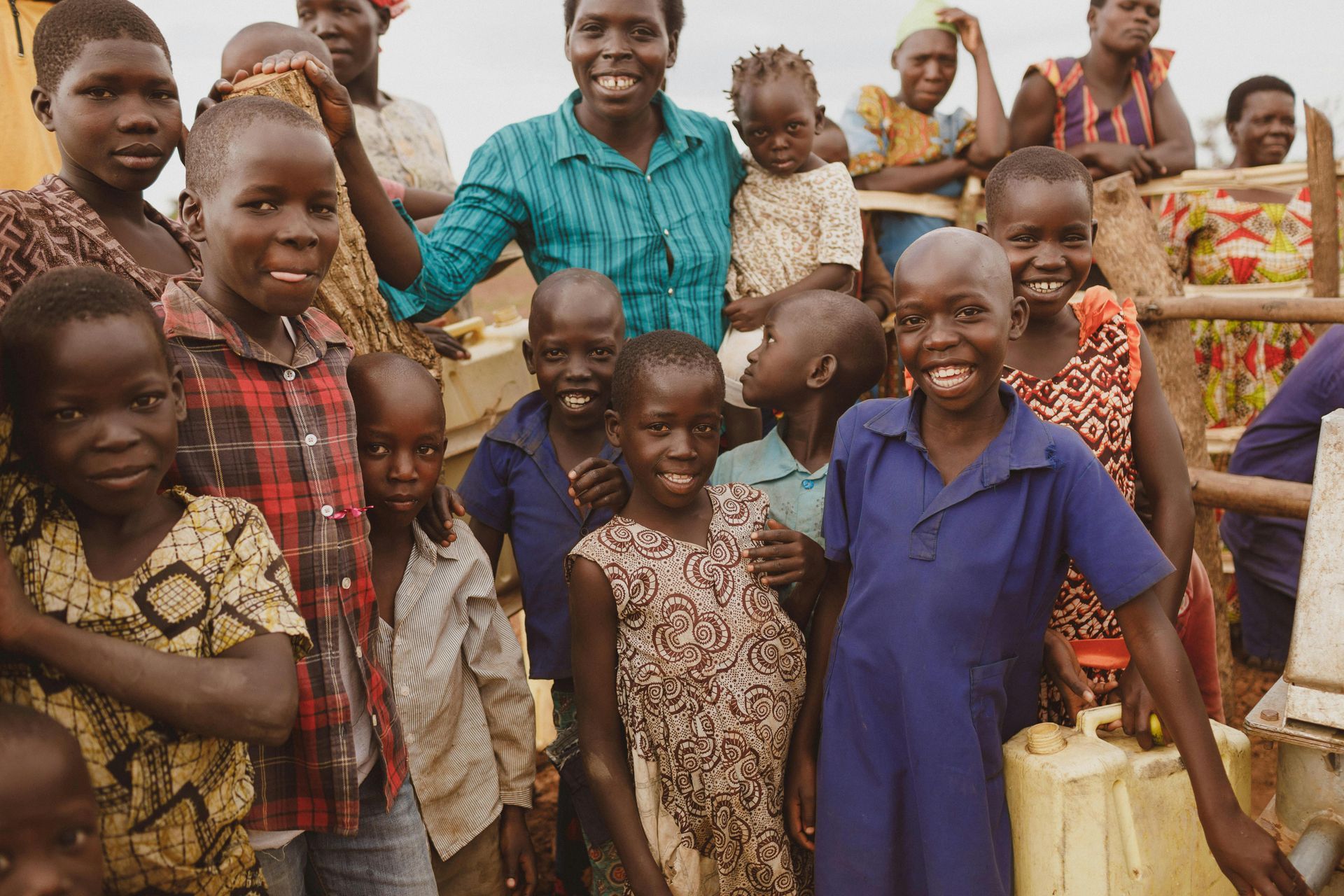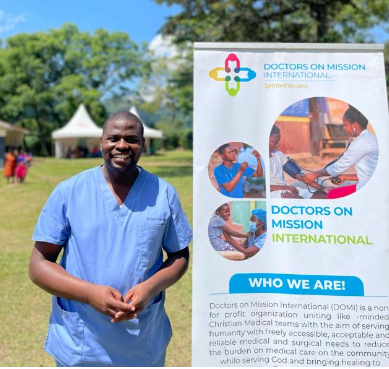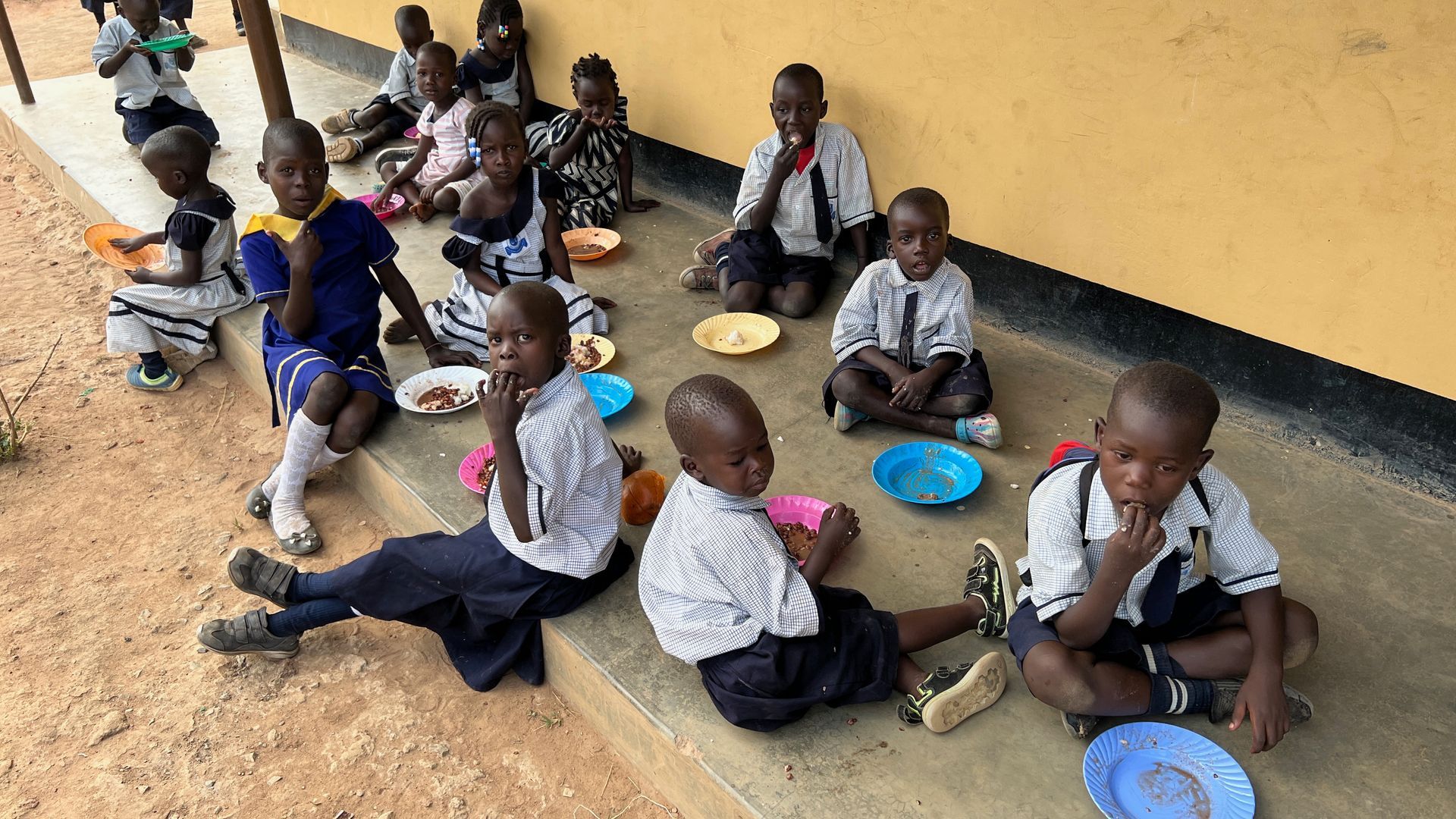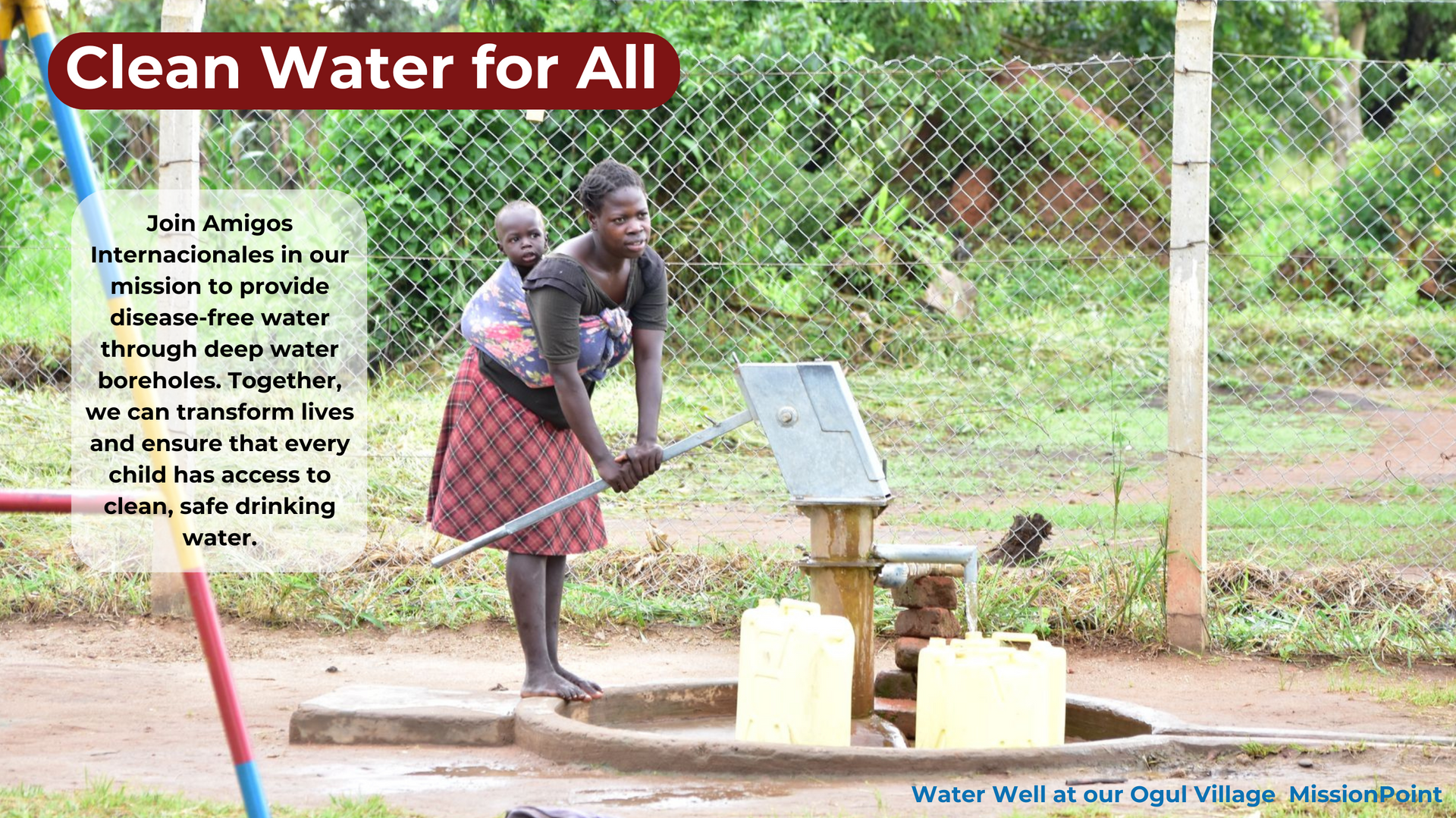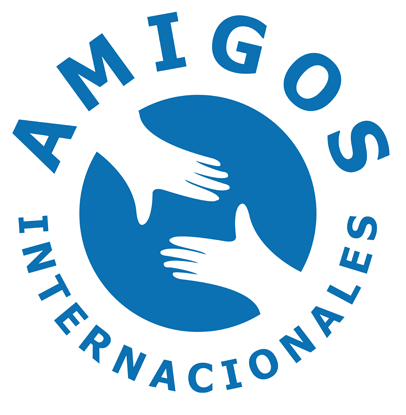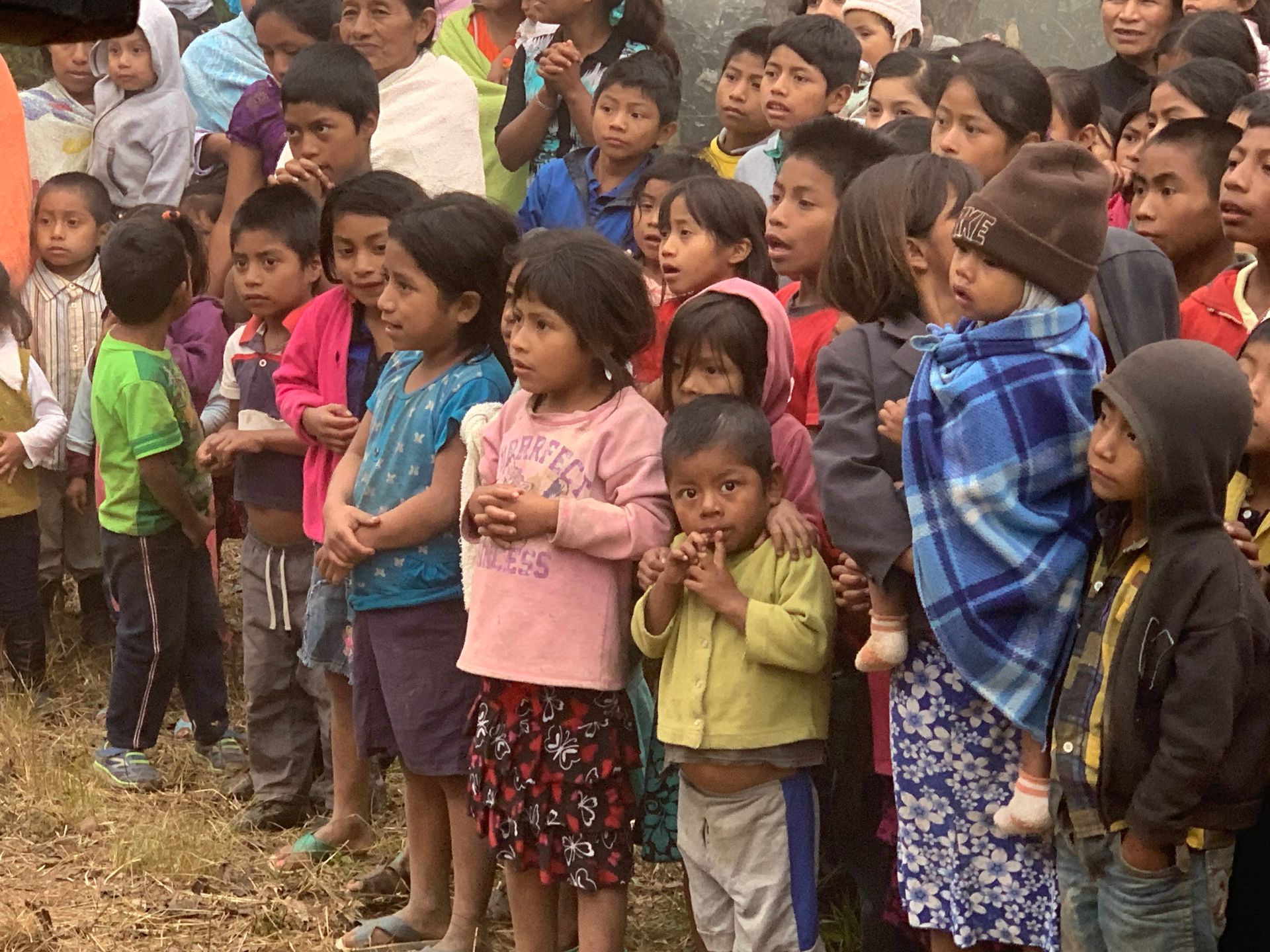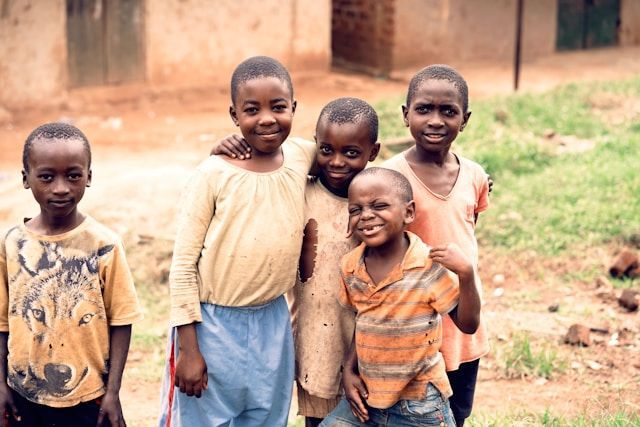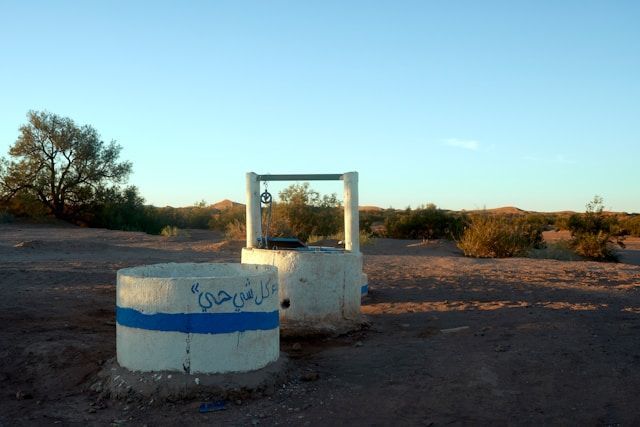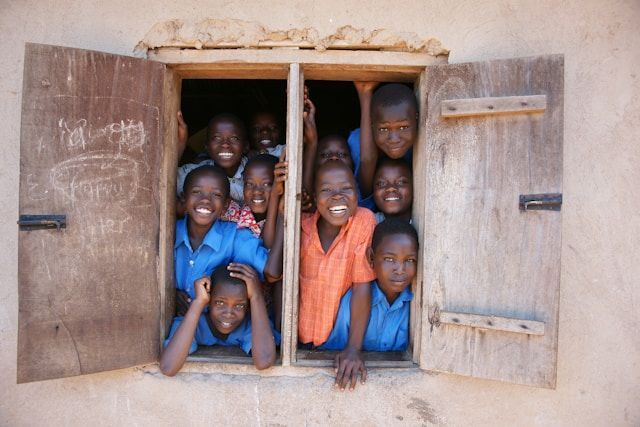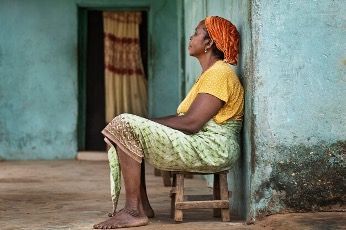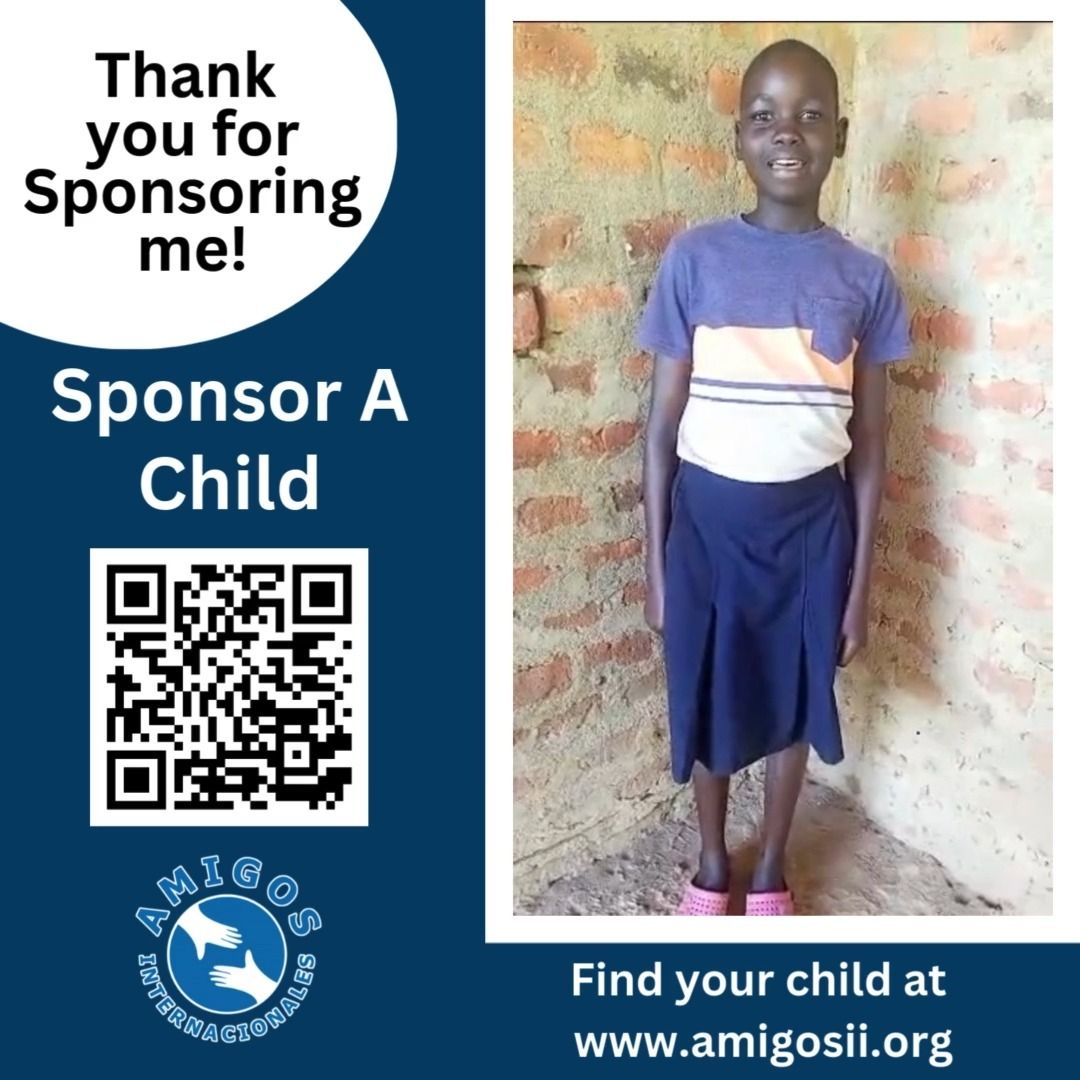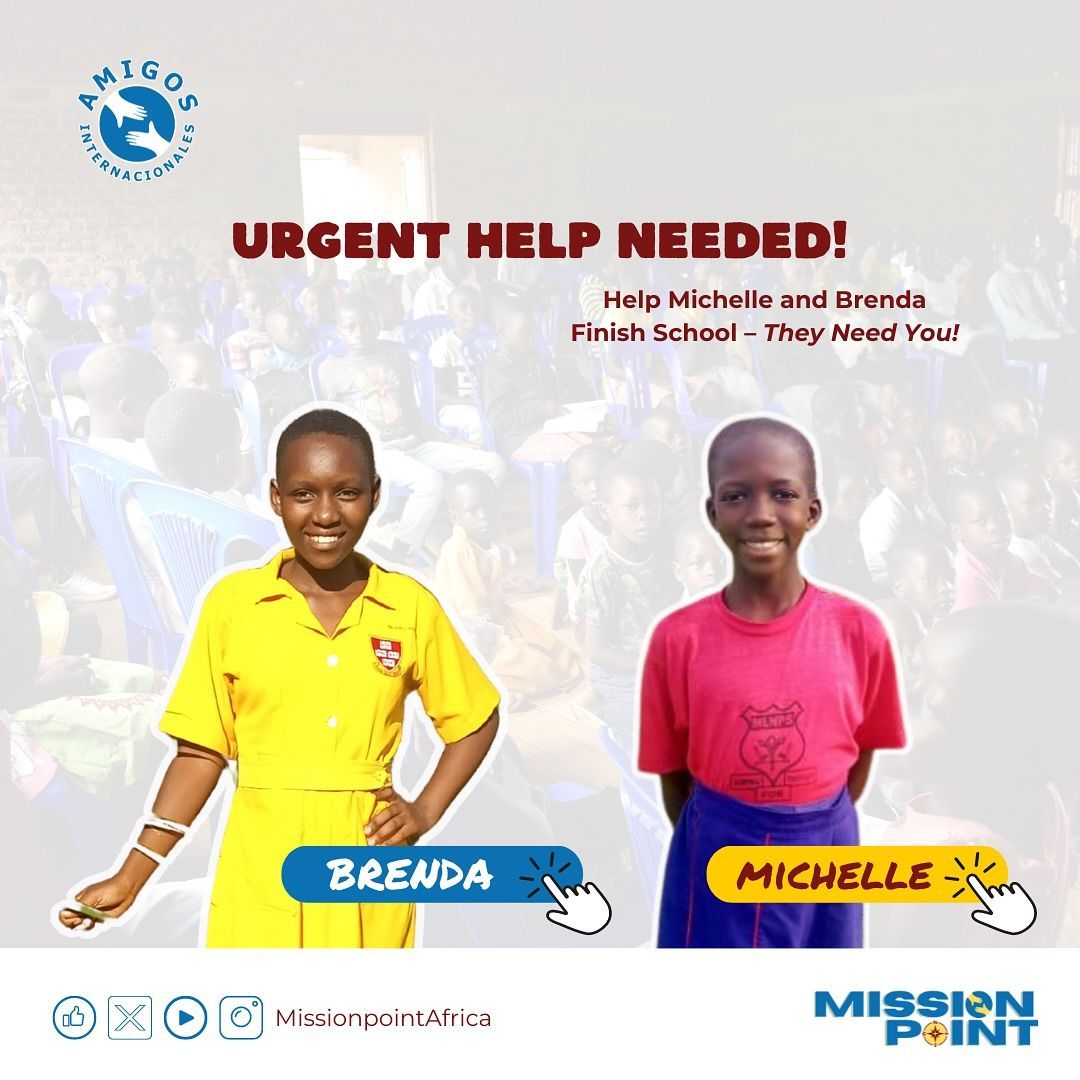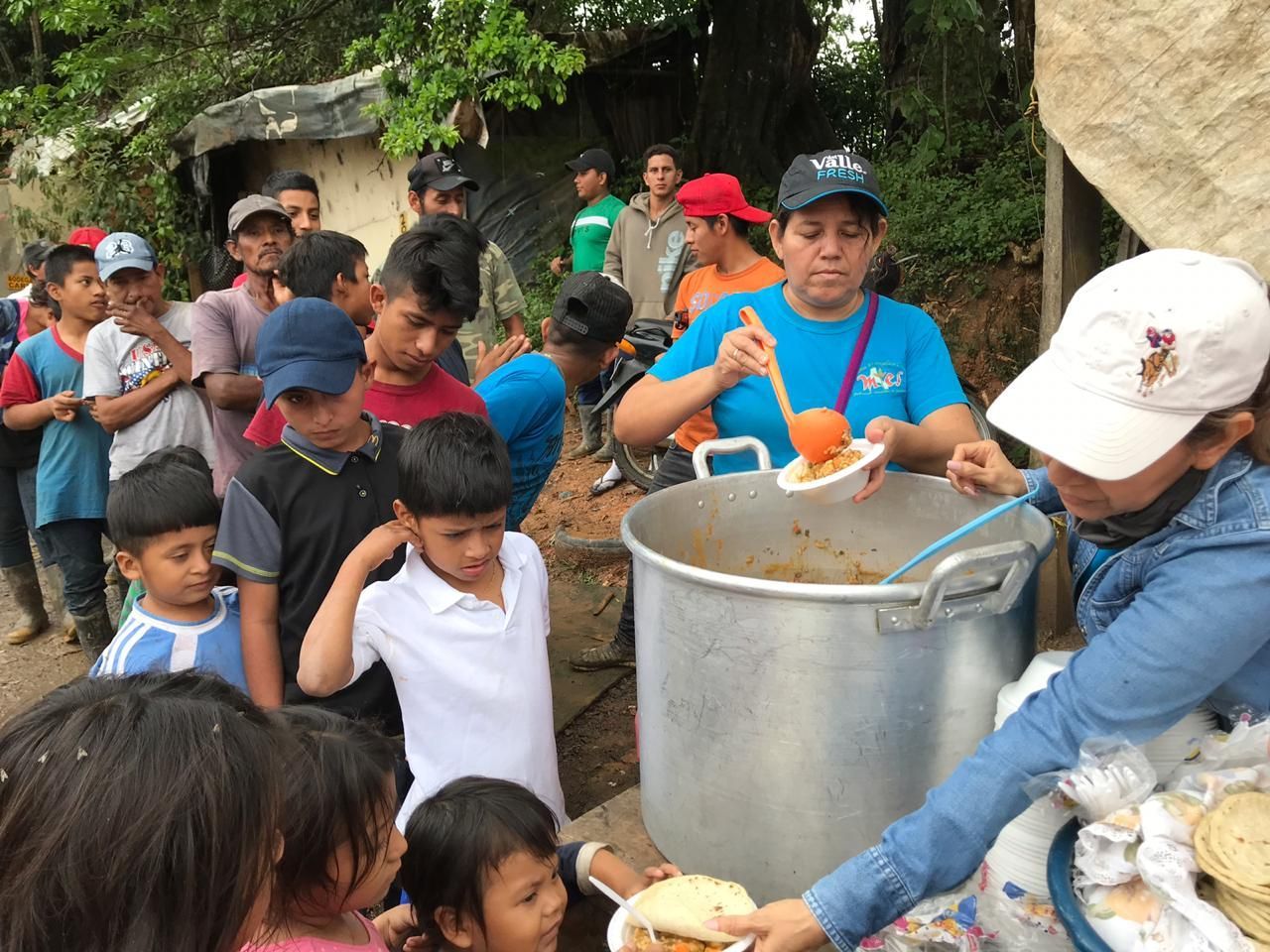
Child poverty is a distressing reality that denies countless young lives the fundamental rights and opportunities they deserve.
What is Child Poverty?
It refers to the condition in which children lack access to basic necessities such as nutritious food, clean water, proper healthcare, education, and a safe living environment. This deprivation has far-reaching consequences, affecting children’s physical, cognitive, emotional, and social development, often perpetuating cycles of disadvantage and inequality.
Facts About Global Child Poverty
Here’s a closer look at child poverty in numbers as it happens worldwide:
- Approximately 1 in 5 children worldwide live in extreme poverty, struggling to meet their basic needs.
- More than 150 million children under the age of five suffer from stunted growth due to malnutrition and inadequate healthcare.
- Over
258 million children and youth do not attend school , often due to financial barriers or a lack of accessible educational facilities.
What is the Main Cause of Child Poverty?
Child poverty is a complex issue with multiple contributing factors. However, a predominant cause that underscores many of the challenges children face is intergenerational poverty. This refers to the cycle of poverty that is passed down from one generation to the next. Intergenerational poverty can be attributed to several key factors:
- Limited Access to Quality Education: When children grow up in poverty, they often lack access to quality education, which hinders their ability to break free from economic disadvantages. Without education, they are more likely to face limited job prospects and low earning potential, perpetuating the cycle.
- Lack of Basic Resources: Children born into impoverished households often lack essential resources such as adequate nutrition, healthcare, and safe living conditions. These deprivations can lead to health issues and hinder their overall development.
- Inequality and Discrimination: Socioeconomic disparities, discriminatory practices, and systemic inequalities disproportionately affect marginalized communities. Children from these communities face additional barriers that limit their opportunities for growth and success.
Breaking the cycle of intergenerational poverty requires a comprehensive approach that addresses these underlying factors. Providing access to quality education, healthcare, social support systems, and economic opportunities is crucial to creating a more equitable future for all children.
How Does Poverty Affect Children?
Poverty casts a long shadow that extends well beyond economic challenges, profoundly impacting the lives of children.
Its effects are far-reaching, affecting their immediate well-being and shaping their prospects. Let’s explore how poverty takes its toll on young lives:
- Health Complications: Children growing up in poverty often lack access to proper healthcare and nutrition, leading to higher rates of malnutrition, illness, and developmental delays. Limited access to healthcare services can result in untreated conditions that impact their long-term health.
- Educational Barriers: Poverty can hinder educational opportunities. Children from impoverished backgrounds may struggle with inadequate resources, lack of access to quality schools, and a higher likelihood of dropping out. This limits their potential for future success.
- Emotional and Psychological Strain: The stress of poverty can contribute to emotional and psychological challenges among children. Constant worry about basic needs, living in unstable environments, and witnessing family struggles can lead to anxiety, depression, and low self-esteem.
What are the Effects of Poverty on Child Development?
The effects of poverty extend into every facet of a child’s development, influencing their physical, cognitive, social, and emotional growth. Here’s how poverty shapes their developmental journey:
- Cognitive Development: Poverty can impede cognitive development due to limited access to quality early education, books, and enriching experiences. Children from low-income households may enter school with smaller vocabularies and less developed literacy skills.
- Social Skills and Relationships: Children in poverty often face social isolation due to a lack of resources for extracurricular activities and participation in community events. This isolation can hinder the development of crucial social skills and the formation of healthy relationships.
- Emotional Well-being: Growing up in poverty exposes children to chronic stress, which can lead to emotional challenges. Constant uncertainty and adversity can result in feelings of helplessness, anxiety, and low self-esteem.
Child poverty isn’t always visible, but its impact is profound. It’s more than just a lack of material resources; it’s a systemic issue that affects all aspects of a child’s life:
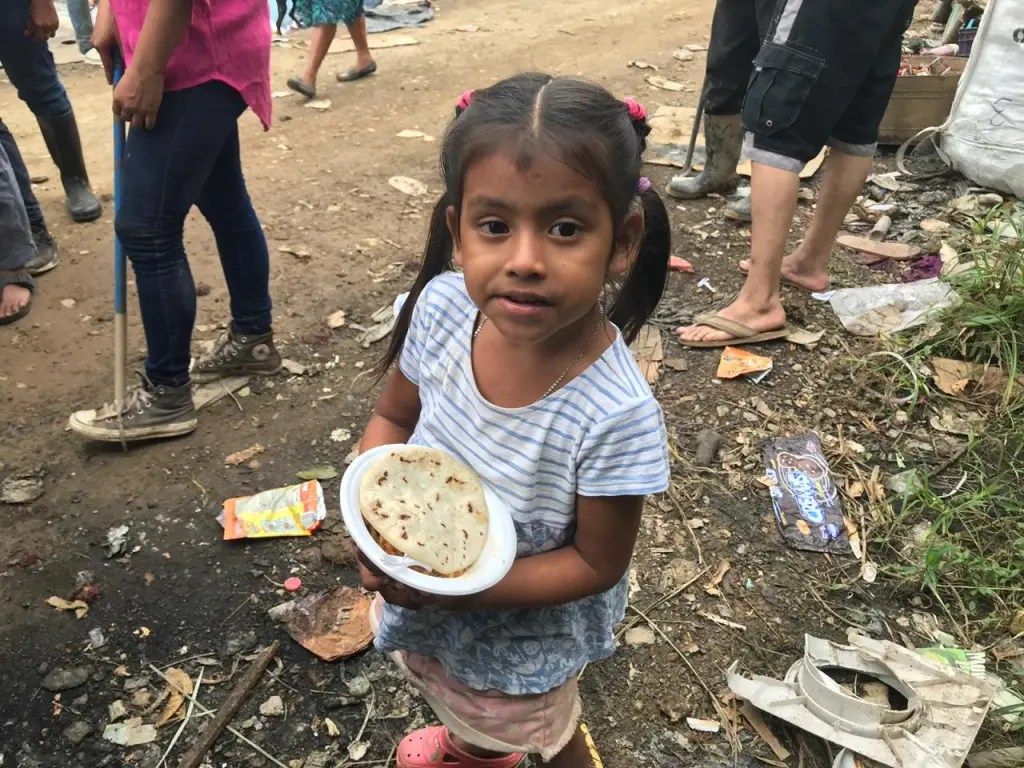
What Does Child Poverty Look Like?
- Inadequate Nutrition : Children may suffer from malnutrition, affecting their physical growth and cognitive development.
- Limited Educational Opportunities: Lack of access to quality education can hinder their ability to break the cycle of poverty.
- Health Disparities: Children in poverty often lack access to proper healthcare, leading to untreated illnesses and developmental delays.
- Unstable Living Conditions: Many children live in overcrowded, unstable environments that lack basic amenities.
- Emotional Struggles: T he stress of poverty can lead to emotional challenges, impacting mental health and self-esteem.
Understanding the multifaceted ways poverty affects children is crucial in creating effective strategies to mitigate its impact and break the cycle of disadvantage.
Why is Child Poverty a Global Problem?
Child poverty is not confined by geographical borders; it is a global challenge that transcends nations and cultures.
This issue is of paramount concern because it not only deprives children of their basic rights and opportunities but also hinders the overall progress of societies.
The repercussions of child poverty extend far beyond individual lives, affecting economies, social stability, and future generations. As children are the future workforce, leaders, and innovators, their potential must be nurtured to build a prosperous and equitable world.
What is the Impact of COVID-19 on Global Child Poverty?

The emergence of the COVID-19 pandemic has amplified the vulnerabilities of children living in poverty across the globe.
The pandemic’s impact reaches beyond health, shaking economies and exacerbating existing inequalities. Here are four ways in which COVID-19 has intensified global child poverty:
- Educational Disruption: Lockdowns and school closures have disrupted learning, disproportionately affecting children from low-income families who lack access to remote learning resources.
- Economic Strain: Job losses and reduced income have pushed more families into poverty, leaving children without essential resources for their well-being.
- Healthcare Disparities: Strained healthcare systems have limited children’s access to essential medical services, increasing the risk of preventable illnesses.
- Food Insecurity: Disruptions in food supply chains and economic instability have resulted in heightened food insecurity , impacting children’s nutrition and development.
The pandemic has underscored the urgency of addressing child poverty on a global scale, emphasizing the need for collective efforts to protect the most vulnerable members of our society.
You Can Help Fight Poverty in the World
One thing becomes abundantly clear: the urgency to act knows no bounds. Child poverty is not a distant concern; it is a pressing global issue that demands our collective attention and action.
Amigos Internacionales goes beyond providing material assistance; they create safe spaces where children can thrive emotionally, intellectually, and physically.
The effects of poverty on children reverberate through societies, shaping the course of our shared future.
We aim to transform lives by offering educational opportunities, clean water, nutritious meals, and emotional support, breaking the cycle of poverty and offering children the chance to build brighter futures.
Every donation to this non-profit organization contributes to its efforts, making a tangible difference in the lives of vulnerable children.
You can be a part of this change. Your support, whether through donations, spreading awareness, or volunteering, contributes to building a more equitable and just world.
Together, we can rewrite the narrative of child poverty, turning dreams into realities and ensuring that every child has the chance to reach their full potential. Talk to us today to support a child or donate to our charity .
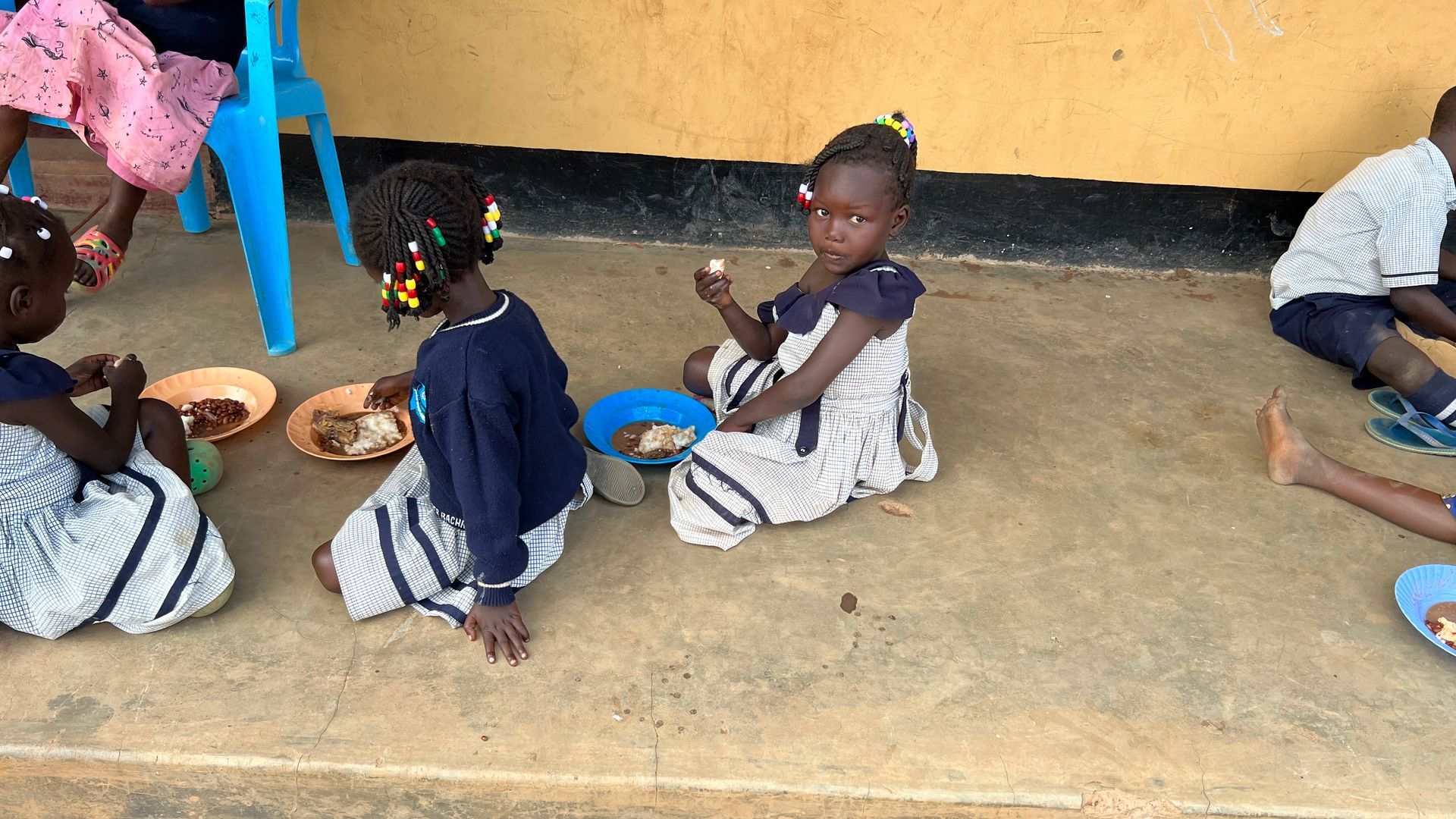
In the face of such challenges, Amigos Internacionales, Inc. stands as a beacon of hope. With an unwavering commitment to supporting children from disadvantaged communities worldwide, we exemplify the power of compassion and collaboration.
Go to Part 1 of this series
Categories
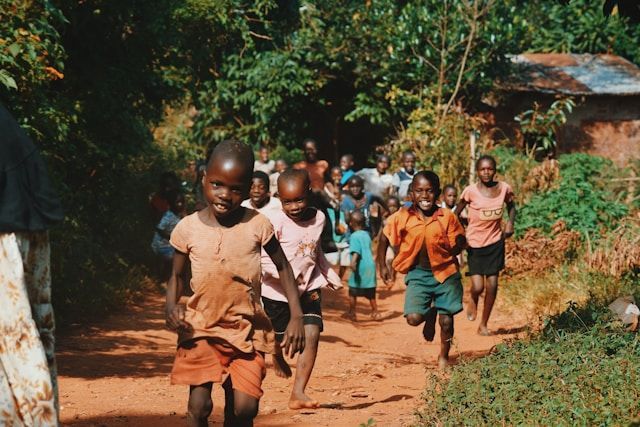
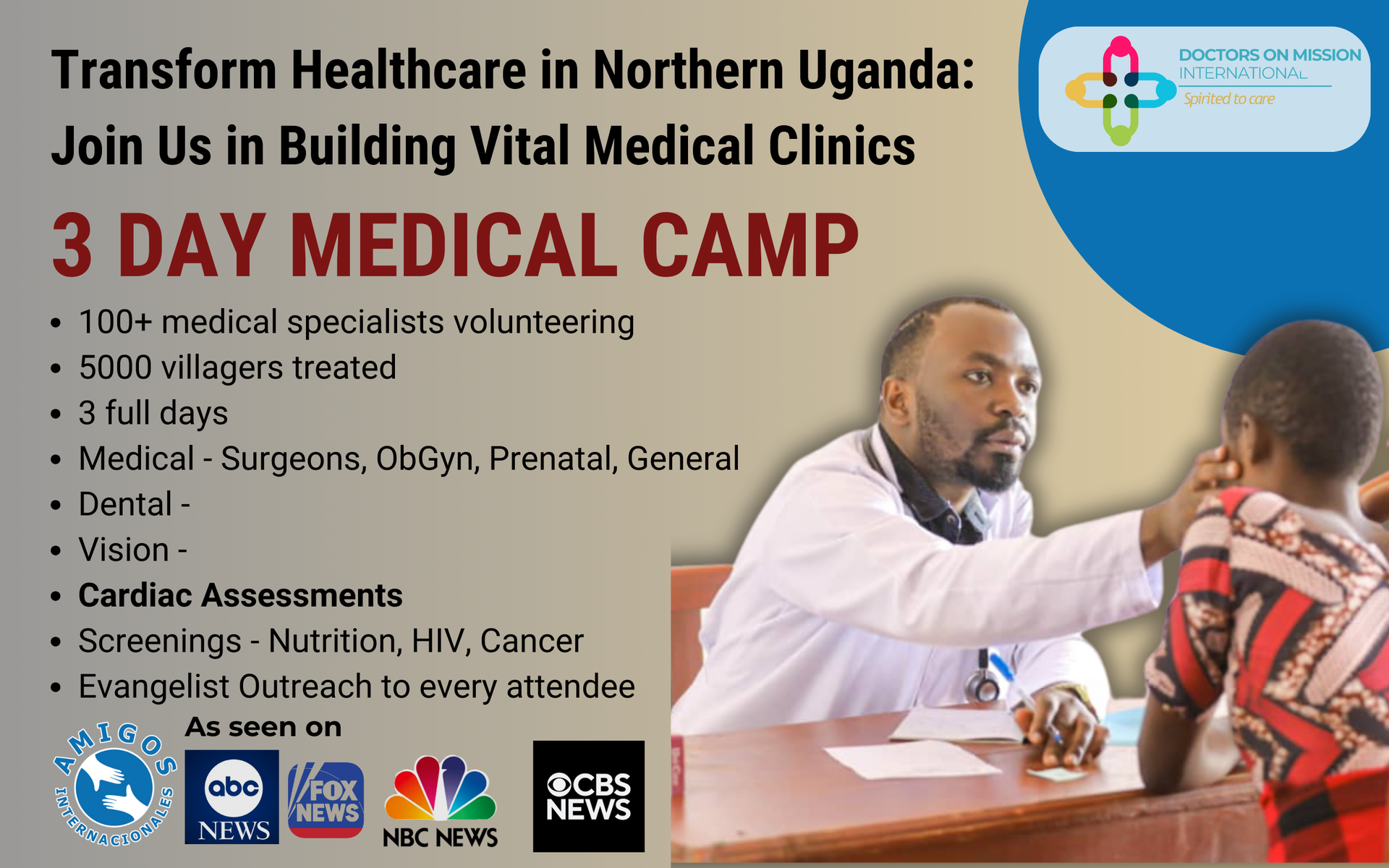
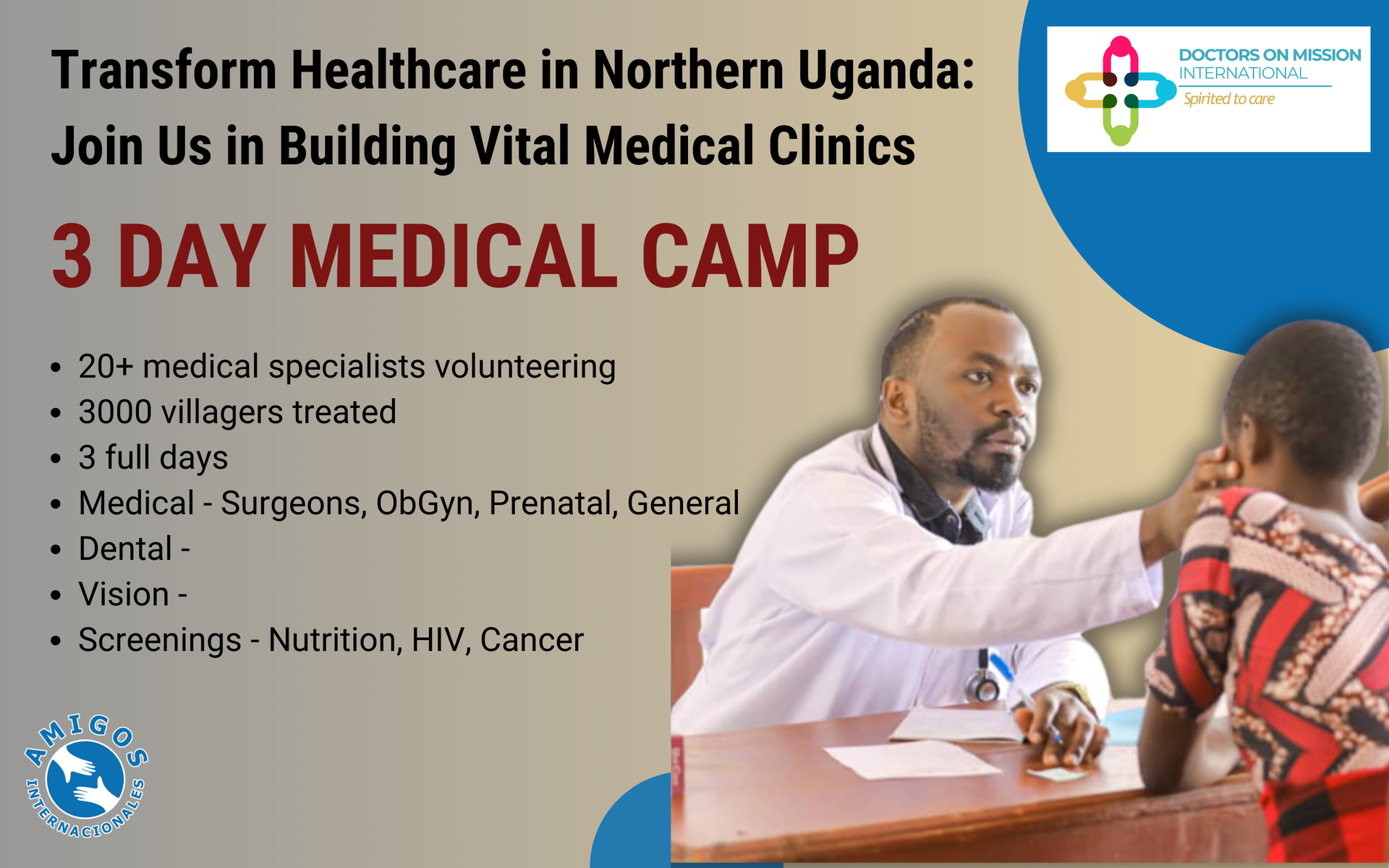
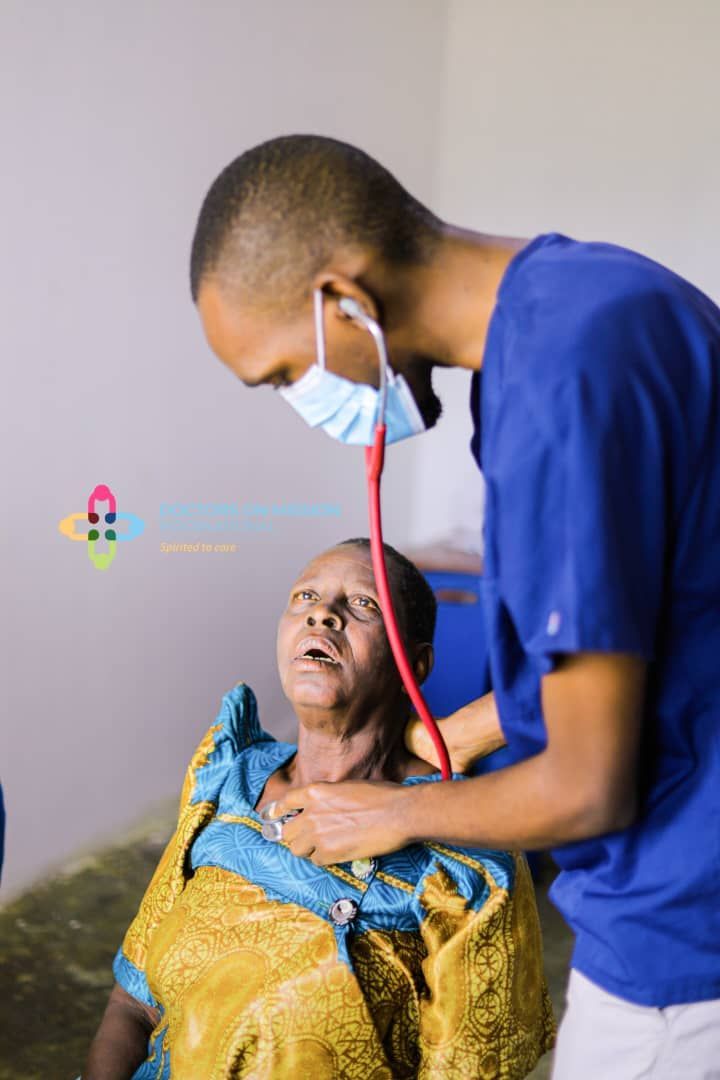

Social Media





